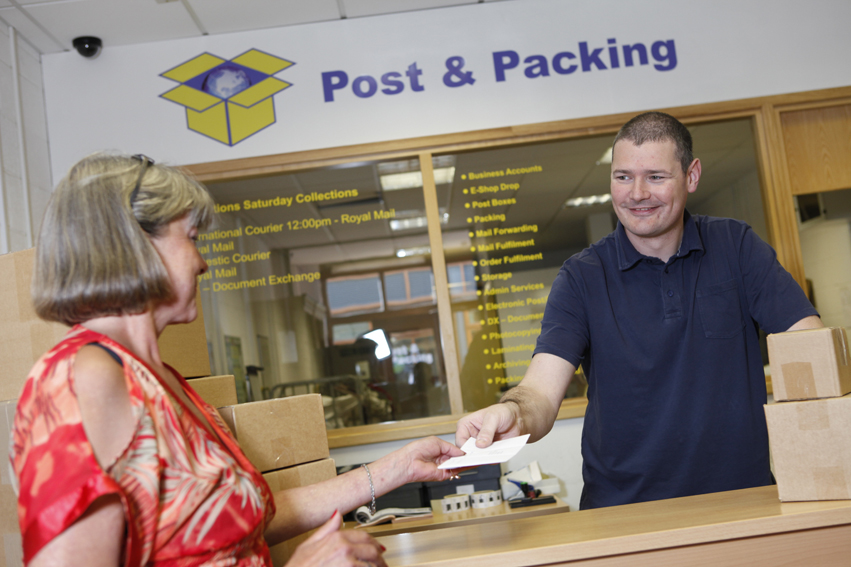How to save money on sending a parcel in the UK
How to save money on sending a parcel in the UK
When it comes to sending a parcel either to a UK or international address, it’s highly likely your first thought would be to take a trip down the local post office. However, this may not be the best solution – especially from a price and convenience perspective.
This post has been created to provide you with more information on delivery options, so you can make the best decisions for saving money.
Consider a courier
In fact, for the delivery of parcels you should give consideration to a courier service. Couriers range depending on the company you choose, but typically you’ll have your delivery collected from your front door and transported straight to the recipient. In some cases you can even expect same day delivery – but of course this would be more expensive.
If you run a business that requires a large volume of deliveries to be made, a courier service would be especially handy too. The chances are you could take advantage of a bulk price, with reduced costs of delivery. The more deliveries you send on a daily, weekly or monthly basis, the greater savings that could be achievable.
Give packaging a thought
Time is money as the old saying goes. Therefore, if you’re running a business and need to send out multiple deliveries, you won’t want to be wasting your limited time on the packaging and labelling of each item.
To counter this, a suitable option would be to utilise the service of a post and packing warehouse. This will ensure all your items are packaged accordingly (including fragile deliveries) and labelled accurately to ensure they arrive at the right destination in a timely manner.
If you decide to go it alone though and package your own deliveries, you’ll want to ensure getting the right materials. The packaging isn’t about making the parcel look pretty (although presentation wouldn’t go amiss).
Instead, it’s important to remember this parcel will likely be knocked around in transit and if inadequately packaged there’s the risk of breakage. For fragile items or where the risk of damage is high, consider packaging such as bubble wrap. Polystyrene balls are another option, providing a good amount of cushioning for the item.
Accurately price up your delivery charges
This cheaper delivery tip is intended for those running online businesses on websites such as eBay or Amazon. What’s important is to ensure accurately pricing up your deliveries, rather than guessing the postage costs.
By doing so, you can avoid losing money at this stage of the sale. If you sell a number of identical products, this is easy enough to do and the challenge only presents itself when your business has various items up for sale.
Of course, there are a number of tactics to consider when it comes to your delivery charges. For instance, some sellers will add extra costs to the delivery fees as a way of making more money with each sale. Meanwhile, others will deliberately undercut competition and sometimes even offer free delivery as a way of enticing new customers.
However you approach the pricing of your deliveries, make sure to give this much consideration and ensure not to unwittingly be losing money by setting the costs too low. If you can make up margin in the sale, you may want to drop the price of the product and persuade more people to buy.
Remember to claim back your VAT
Again, this is a great piece of advice for businesses. Don’t forget to claim back your VAT return. Make sure to keep all the delivery costs and receipts for everything to do with the business and you’ll be able to get some money back from the HMRC.
What’s more, this can be quite a sum too – so it’s certainly worthwhile doing this, especially if you send out a number of deliveries on a regular basis.
Compare your insurance costs
Insurance is commonplace when sending deliveries, especially overseas. This insurance offers protection in the event the delivery is lost in transit or arrives at the recipient’s address damaged. Without it, you risk the buyer coming back to you and expecting a full refund – of which you’d be responsible for paying.
But do you really need insurance? Ideally you’d only be investing in this if the product is worth a considerable amount. As such, compare the cost of paying the customer compared to fronting the bill for insurance.
You may be able to benefit from bulk insurance, which will bring down your costs, so consider this option too.
There are loads of great ways you can bring down the cost of sending a parcel in the UK or abroad and these are just some tips to help you do just that. Remember to consider all your options and look to a comprehensive service that will package and post your deliveries as and when required.



